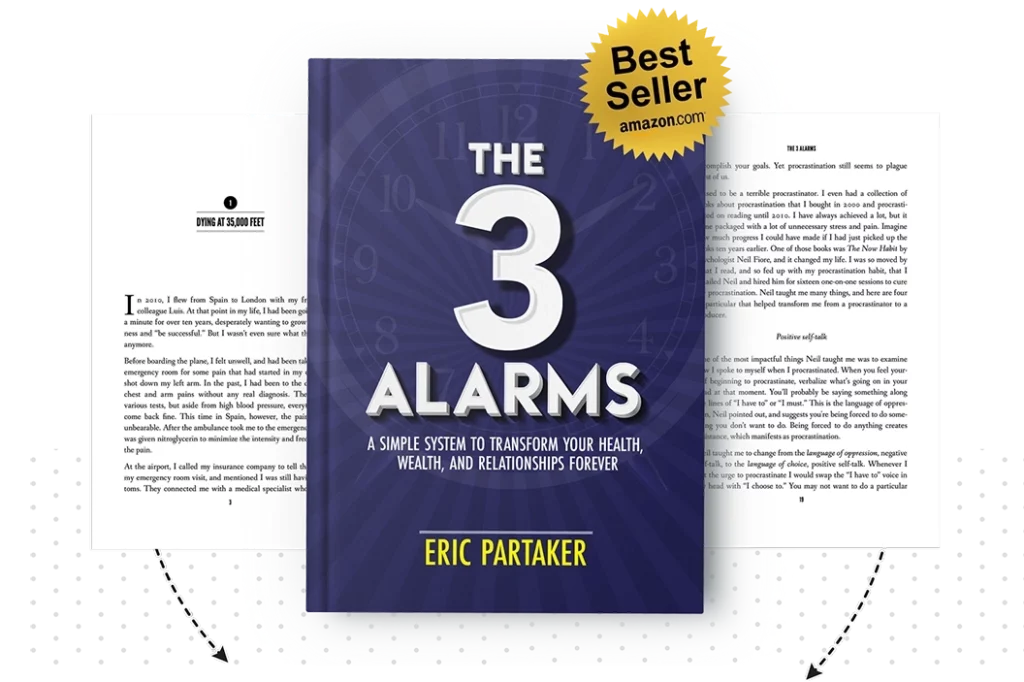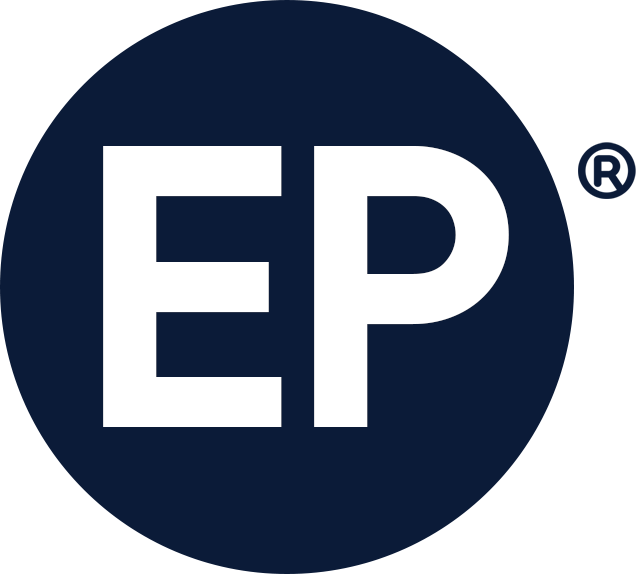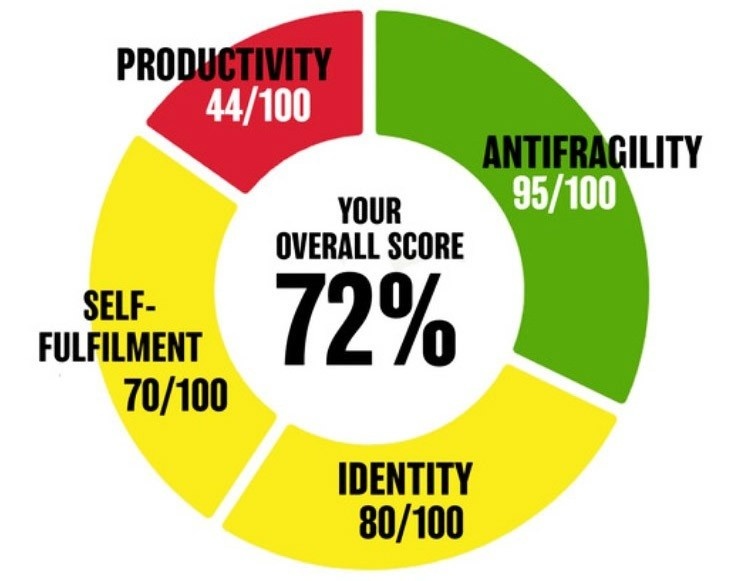SUMMARY
- How do you brand your product or your business in a simple way? To start with, you need to have a quality product because without that you’re lost. Branding is a layer on top of that, which will allow you to capture even better results.
- Sum up the name of your brand into one word. Every successful company is able to sum up their brand into a single word whether it’s Nike (competition) or Disney (happiness), which helps them make decisions on what to focus on and how to present themselves.
- You need to cover your business in ‘brand paint’, and make sure that those touch points, from a customer experience perspective really communicate what that brand is all about.
- At Chilango, our one word was vibrancy, so we brushed it across all of our sites. The restaurants were lit with neon lights and decorated with colorful murals and we hired vibrant, extroverted staff to provide a great in-store experience.
- Hunt for misalignments regularly. Have quarterly meetings and task everyone who’s attending to come to the meeting with a few suggestions about which parts of the business are misaligned with the brand.
TRANSCRIPT
Maybe you think the concept of branding is too difficult to understand. Perhaps you just don’t get it, or think that you’ll get around to it at some time in the future. If you’re thinking about branding in that way, you’re leaving some serious cash and growth on the table.
Hi, my name is Eric Partaker. Today I want to share a few stories, a few pointers around branding, how you can make it simpler for yourself, and the results that you can expect to achieve as a result. One of the things that I first picked up about branding came through my experience at Skype. I joined Skype in it’s very, very early days. We were about 30 or so people in a small office in London, and it was just an absolute rocket ship of a journey. We grew from that 30 people in the London office all the way up to over 500.
We had an exit to eBay during that time for $4 billion. Now, Voiceover IP had existed for 10 years prior to Skype’s arrival. So what was it about Skype that made things different? I thought often about that while I was at Skype and I distilled it down to two things. One, that they had superior product quality versus all the competition that we were against. And two, we wrapped up the brand and a tagline that people really loved. The tagline for Skype at the time was, ‘The whole world can talk for free’. That brand identity created this revolutionary spirit in the company, and also really resonated to all the people that we were in contact with – our customers, our partners, and our suppliers.
Following Skype, following that exit from eBay, I thought, “Well, what should I do next in life?” Then I decided to go into Mexican restaurants, because why wouldn’t you go from technology to Mexican restaurants? The truth is, I was actually missing the food, having grown up on it in Chicago. I thought it might be fun to create a chain of Mexican restaurants. Now, I knew nothing about Mexican restaurants, but I thought if we just applied the same two core tenants that we had learned at Skype to this new business, we’d get good results.
This is the first thing I want to make sure you understand when it comes to branding – you don’t have a chance to brand anything unless you have a quality product. It starts with a quality product, and the branding is a layer on top of that, which will allow you to capture even better results. That’s what really made Skype work. And that’s the philosophy that I took into building the Mexican restaurant chain.
So the first thing we focused on was getting that product quality right. We networked our way with some of the best chefs out there, some of the best recipes out there, and really made sure that the food tasted great. But it wasn’t still branded yet, I’ll get to what I mean about that in a moment, it was just great tasting food.
The second thing that we did was that we decided to sum up Chilango – that was the name of the Mexican restaurant chain in a single word. If you look at some of the world’s top brands out there, they can sum themselves up in single words, thoughts, or phrases such as Nike that screams competition. Disney is all about happiness. For Chilango, our one word distillation was vibrancy. We literally wanted to brighten up the world, make it a more vibrant place, put a smile on people’s faces when they came in and ate with us. That single one word distillation summing up our brand in that single word, allowed us to get on to the next step, to create a powerful brand, which is deciding what all the touch points are and the guest or customer experience that you need to brush with that brand.
It’s almost like you’re dipping your brand brush into the paint of whatever your brand is. For us it was vibrancy. Now you have to decide what it is that you’re going to paint.
The first thing that we did was we made sure that our food was even more vibrantly flavored than it currently was at that time. We also made sure that the flavors were more robust and they popped more. Then when it came to the people, we ended up adding an audition element to our interview process to uncover the vibrant personalities that naturally occur, but that you won’t find unless you are specifically looking for them. Then last but not least, we brushed that vibrancy across all of our sites, whether online or offline. So the restaurant interiors really popped with an electric color palette, with lots of neon lights and lots of bright lights.
It felt like a very vibrant atmosphere, something that would literally brighten up your day. Even online, all the social media, the website at Chilango.co.uk, all of that was very, very vibrant and really popped to communicate that sense that this is a place that really brightens up your day. We wanted people to really feel that, and feel it by seeing that we were living it.
The next thing that we did to preserve a powerful brand was that we always hunted for misalignments. What this simply was is on a quarterly basis, we would have a misalignment meeting where everybody was required to come up to the team with a few things that were inconsistent with our vibrancy vision. That’s a constant process because things are always falling off the track, away from whatever you decide the brand is and represents, and what you want it to be. You have to constantly hunt for those misalignments.
Now there’s also some really nice stories that emerge from having this intense focus on the brand. Just to summarize where we are so far – it begins with having a very, very strong product. You have to have great product quality. Next, what is that single organizing principle, that single thought or word that relates to your brand? For Nike it’s competition, for Disney it’s happiness. For Apple, maybe it’s simplicity. For Chilango, that one word distillation for us was vibrancy. What are the touch points? Where are you going to take that brand brush? What are you going to cover in that brand paint and make sure that those touch points, especially from a guest or a customer experience, really communicate and represent what that brand is all about so that the person experiencing it really feels it.
Then last but not least, make sure you’re hunting for misalignments regularly, having those quarterly meetings and tasking everyone who’s going to attend to come to the meeting with one, two or three suggestions about what’s not working. What’s misaligned.
Now, let me tell you about a few stories where magical things start to happen when you don’t just identify what your brand is all about, but really commit to it and start living it. The first relates to flavor. I’m going to go back to the Mexican restaurant chain here. That quest for vibrancy led to us doing things we would have never considered doing. I’ll give you an example: I remember putting an ad in a newspaper when people still put ads in newspapers. I know we don’t do that anymore, but I literally put an ad in a newspaper in the US to try to find a chef who could help us with a really great vibrant braised pork recipe.
I got somebody who responded to the ad. He lived in Cleveland, Ohio. I hopped on a plane and he picked me up from the airport. He had made the pork overnight. I tasted it. It was as vibrantly flavored as he had described it to be. I gave him $500 at the time, he handed me the recipe, and drove me back to the airport. I jumped on a plane back to London, then we started cooking up the pork the next day in the restaurant.
So, that passion for trying to find vibrant flavors in that instance was fueled by really understanding what the brand was all about, really subscribing to it, and searching the world for where you can get that vibrancy when it comes to that pork recipe, as an example.
I’ll give you another example. In our interview process, we introduced this audition element to allow vibrant personalities to reveal themselves. One of the questions that we used to do in our interview process was that we asked people to bring their favorite t-shirt to an interview. Then during the interview, we would ask them to reveal to us or to simply tell us about their favorite t-shirt. Now some people wouldn’t bring the t-shirts, so that’s an easy interview, right? They’re not following instructions. But out of those that did, some wouldn’t have much to say about it, but others would have lots to say – they might sing a song or tell a vibrant story. My favorite of all time was when I was interviewing this guy. We got to the point in the interview where I asked him, “Well, did you bring your favorite t-shirt?” And he kind of shook his head. He had this hoodie on with a zipper and he proceeded to unzip.
I thought, “Oh gosh, I hope he’s got clothes on underneath.” He proceeded to unzip it. Underneath his hoodie was a t-shirt that simply said, ‘I didn’t have a favorite t-shirt, so I had this one made,’ and I was like, “Awesome.” He didn’t have a favorite t-shirt, but he responded to it still in a vibrant and fun way. Obviously he got the job. Then the last story I’ll tell you is about what this did for us culturally, with the restaurant chain. So we thought about vibrancy and we thought, “Well, how do we make our staff as vibrant as possible?” Then the vision I had in my head was that it’s almost like, each member of staff is a star in the universe. So how do we want to light up the universe?
Rather than prescriptively asking people to do X, Y, Z, so that you portray vibrancy to those you meet, I thought, what if we could get each one of them, a star, to shine as brightly as possible? What if we can help them become the very best version of themselves? So to help them, not just with things that would help them professionally, but personally help them. For example, with their productivity, with maybe how well they’re sleeping or their fear of public speaking. In addition to all the tasks related to the job, such that they would think, “Wow, this place is really investing in me. This place is really helping me.” Our theory was to help our staff become the best version of themselves. Then they would naturally shine as vibrant as possible. Literally, their mere presence would brighten up those around them.
So that again was all a result of really focusing on the brand, what it meant for us, and making sure that it was represented in everything that we did. Even in that instance, we influenced our whole approach to culture. We created all these programs, courses and partnerships that allowed our staff to do exactly that – to start becoming the best version of themselves. Now, the ultimate result of all of this was that we took all this branding and we applied it to our first pilot restaurant. So our first pilot restaurant opened up as Mucho Mas. It was no brand, it was just focused on product quality to begin with. But then we apply the brand to Mucho Mas, so Chilango. Nothing really changed other than that brand.
So we installed that into that single restaurant. Within six weeks, the sales at that restaurant doubled. It was the same location but a new brand, and the sales jumped a hundred percent.
I hope this gives you some encouragement and some insights and how you can demystify what’s essential for building a good brand, how you can go about it, and some of the results and the benefits that you could experience if you proceed with that whole branding mission.




